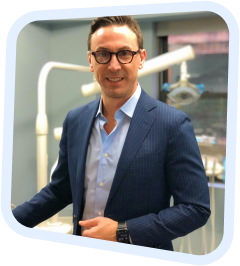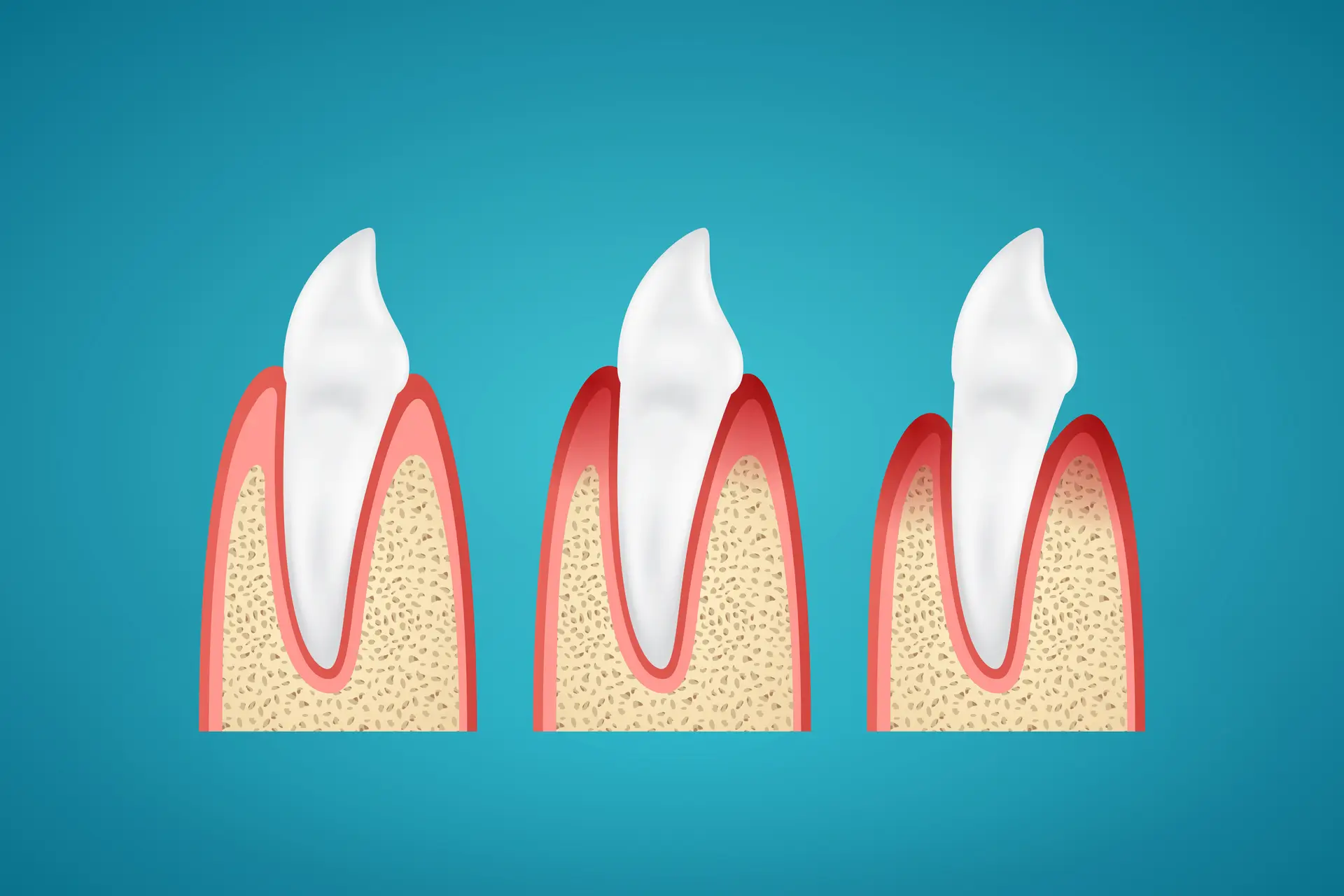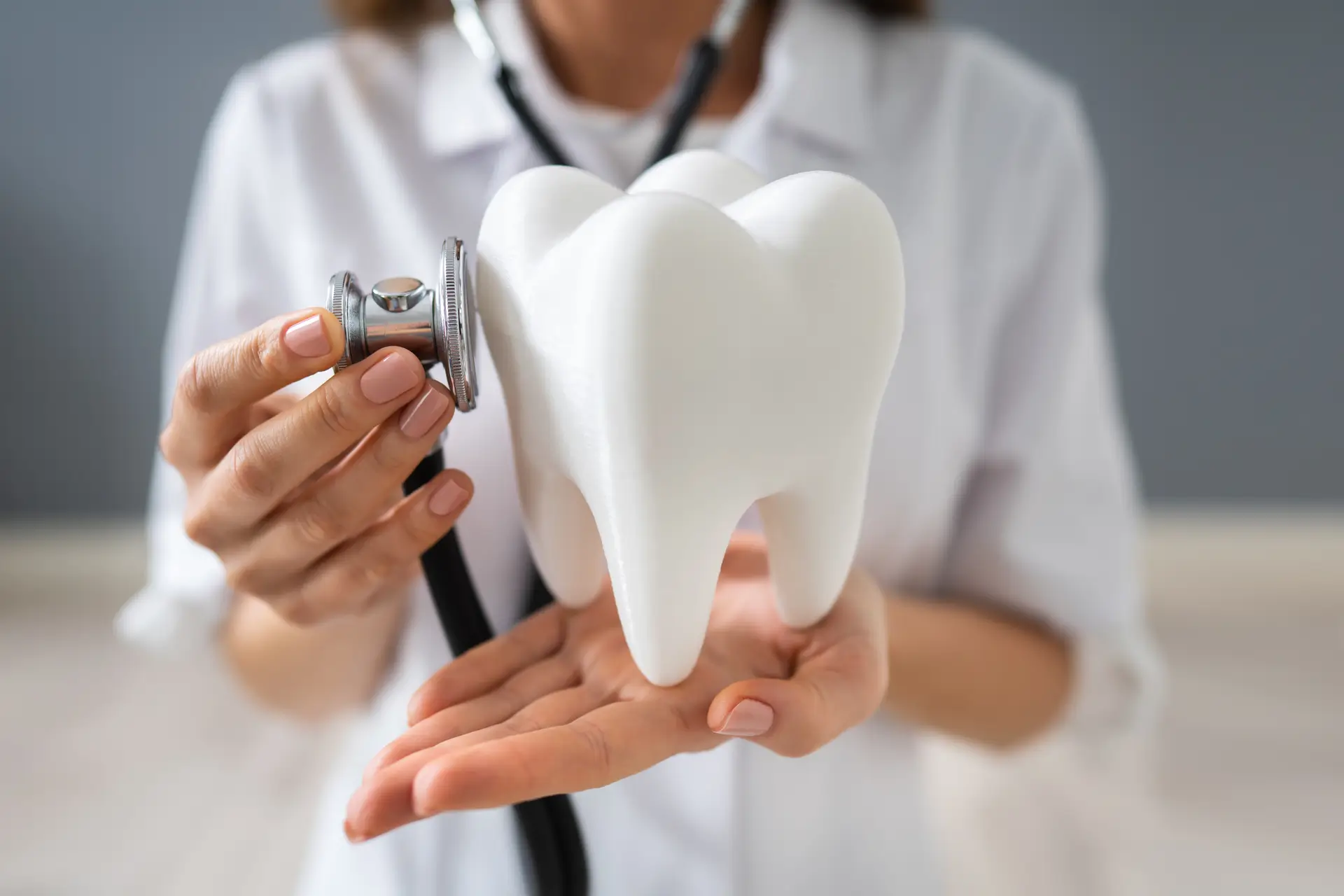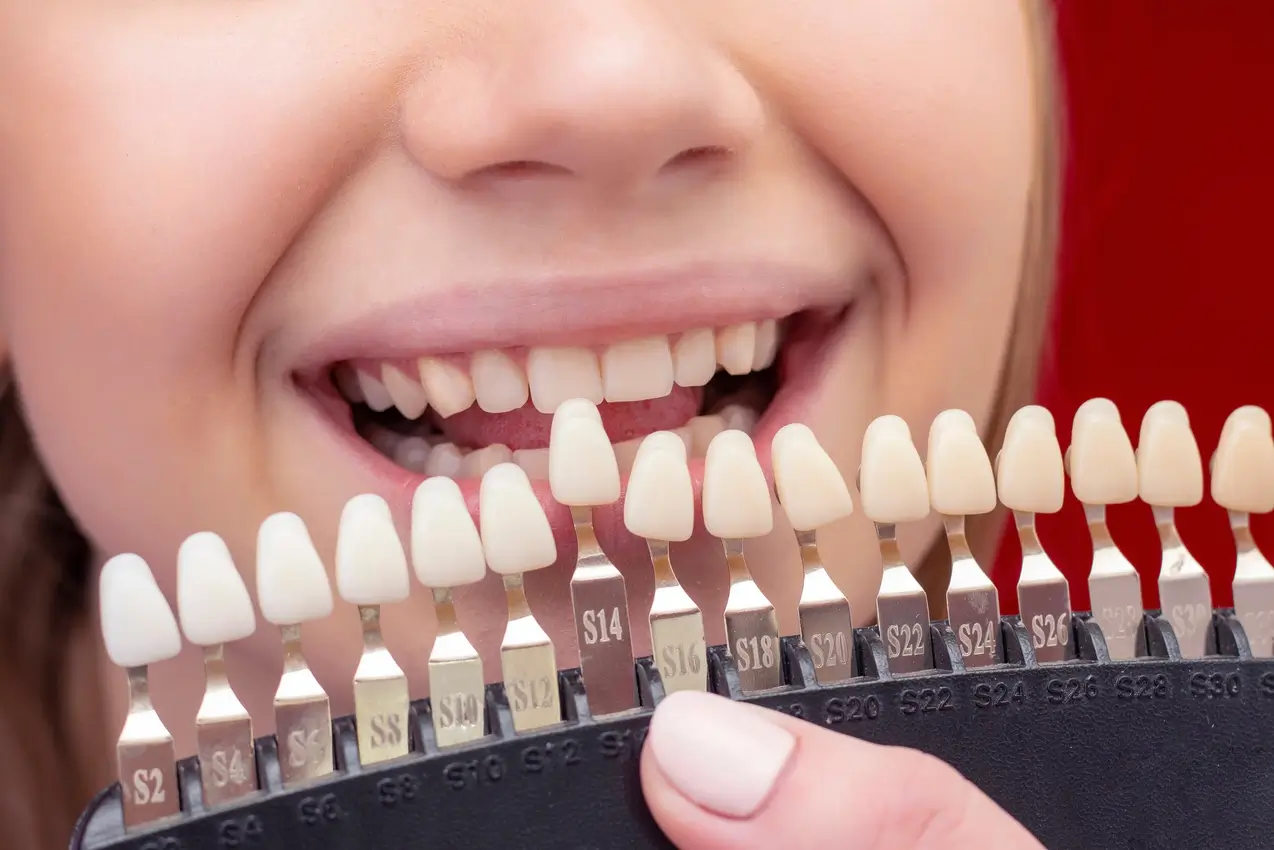Understanding how your teeth are supposed to sit plays a critical role in preventing jaw pain, bite issues, and long-term dental damage. This guide breaks down ideal teeth alignment, common signs of malocclusion, and when to seek help – plus treatment options available at Advanced Dental Arts NYC.
Many people think of straight teeth as a cosmetic goal – but proper teeth alignment plays a much larger role. The way your teeth meet affects how you chew, speak, and breathe. It also protects the jaw, muscles, and joints from unnecessary stress.
If your bite feels off or you’ve noticed tension, headaches, or uneven wear on your teeth, misalignment may be part of the problem.
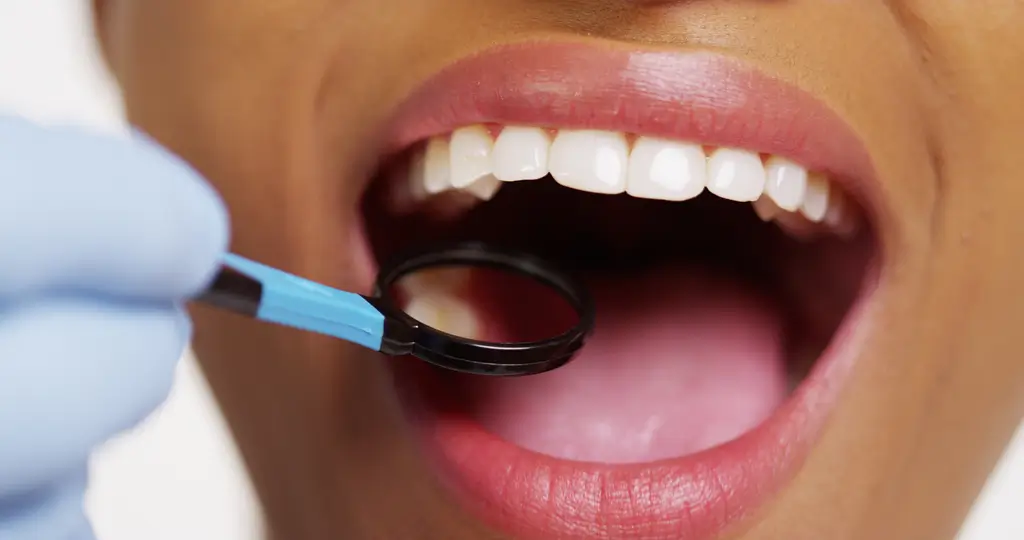
Why Alignment Matters
When the bite is aligned, your resting posture stays balanced: your teeth, lips, and jaw sit in a relaxed position, and chewing requires less effort.
Without proper alignment, you may experience:
- Uneven wear or chipping
- Facial or jaw discomfort
- Muscle tension or headaches
If you’ve been told your bite might be causing symptoms, speak with an Orthodontist for a closer look.
Common Types of Malocclusion
A malocclusion is a bite that doesn’t line up the way it should. Common types include:
- Overbite: upper front teeth extend too far forward
- Underbite: lower teeth extend past the upper teeth
- Crossbite: back teeth don’t align evenly
- Open bite: front teeth don’t touch at rest
- Crowding or spacing: disrupts natural tooth positioning
Even subtle issues can affect chewing or jaw balance over time.
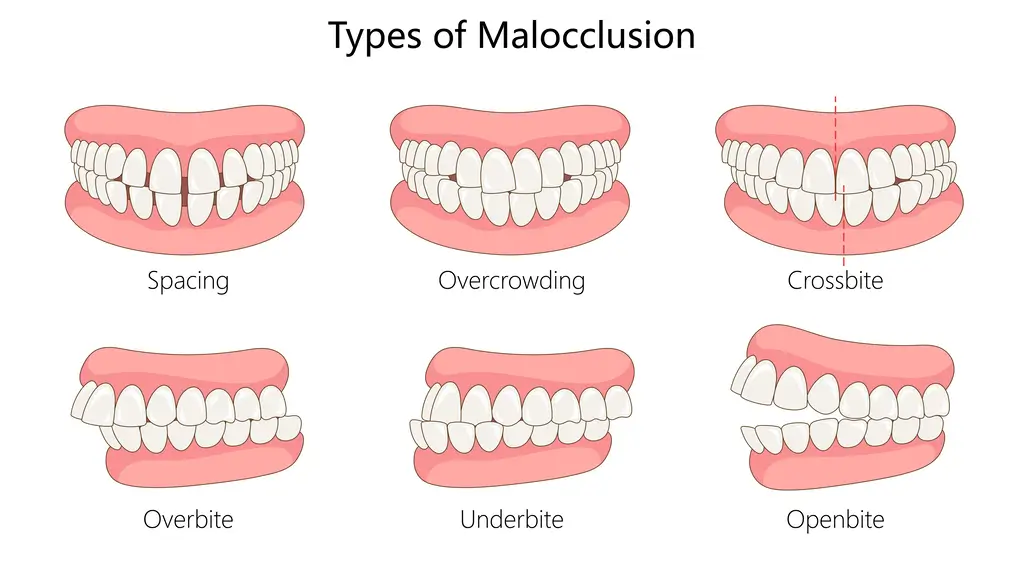
What Does an Ideal Bite Look Like?
In a healthy bite:
- The upper teeth rest just in front of the lower teeth
- The back teeth fit together securely
- The dental midlines match up
- The jaw closes without strain
This kind of normal teeth bite distributes pressure evenly and reduces long-term damage.
How Should Teeth Sit at Rest?
When your mouth is closed and relaxed:
- Lips rest gently together
- Teeth may lightly touch or hover with a small gap
- The jaw stays neutral and unforced
Frequent clenching or visible tension may be signs of misalignment. Treatment – such as with Invisalign® Specialists – can help restore balance without braces.
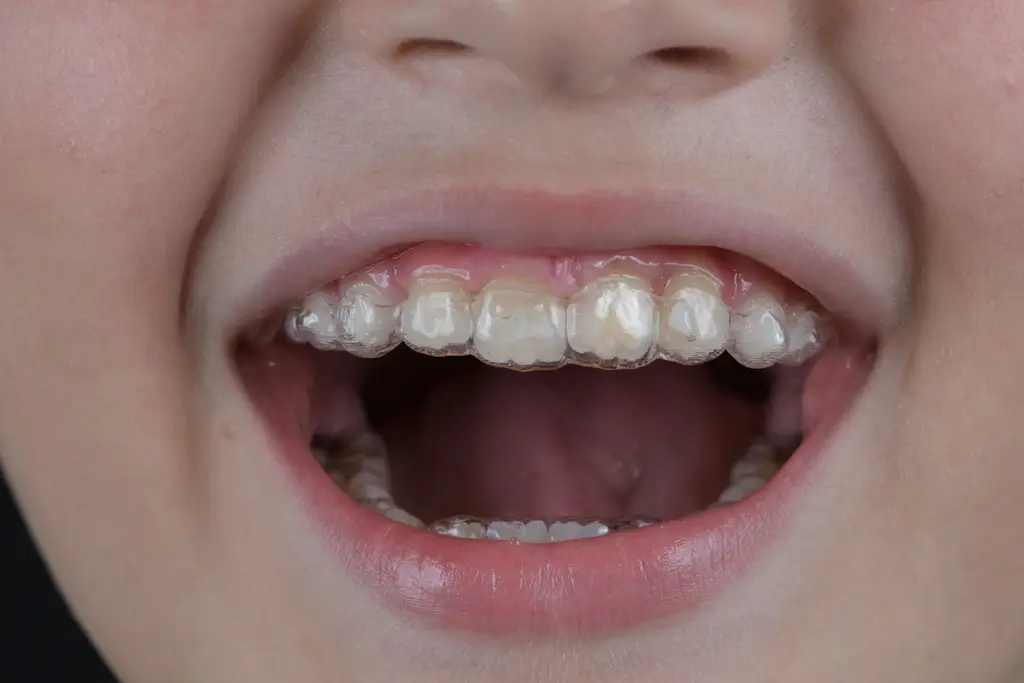
Signs Your Teeth May Be Misaligned
You don’t need to see dramatic crowding to have an issue. Some signs include:
- Jaw clicking or popping
- Worn or flattened teeth
- Morning headaches or clenching
- Difficulty chewing comfortably
Early detection helps prevent long-term strain on your jaw and surrounding muscles.
How ADA NYC Approaches Alignment
At Advanced Dental Arts NYC, we don’t just look at teeth – we look at function. Our approach combines 3D imaging, in-house collaboration, and advanced tools like Invisalign® to treat everything from minor shifts to complex misalignments.
Located near NYU and Washington Square Park, our practice offers complete care under one roof. You won’t be bounced between providers – our team works together to build a plan that fits your timeline, goals, and health needs.
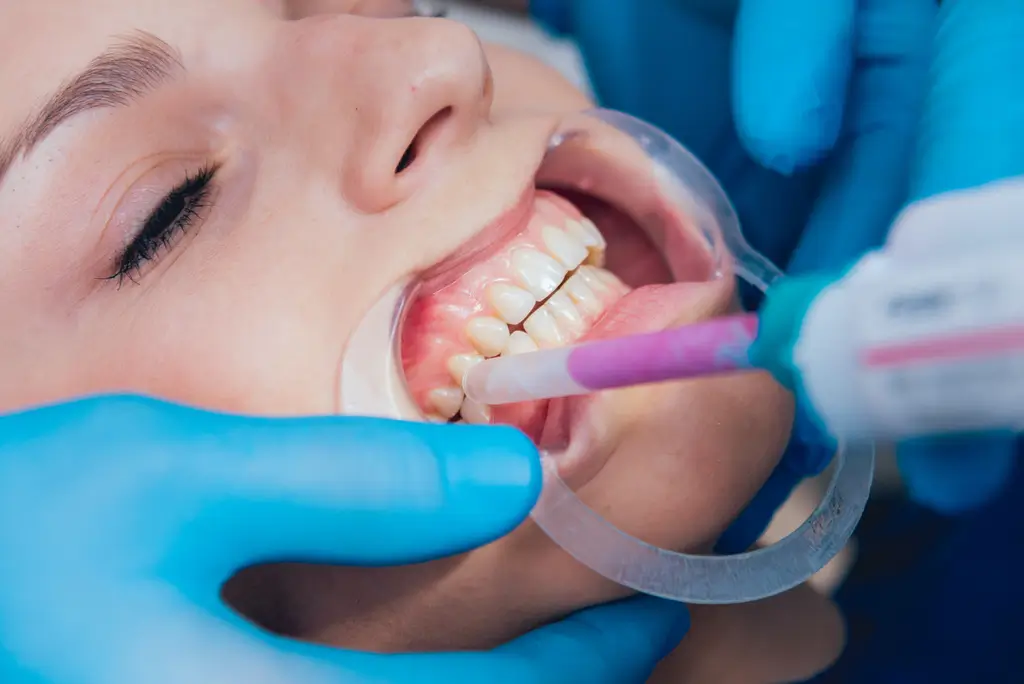
Book a Bite Assessment Today
If your teeth alignment is causing discomfort or long-term wear, it may be time for a full evaluation. Contact us to schedule a consultation, gain expert insight from our specialists, and leave with a personalized treatment plan designed for long-term dental health.

